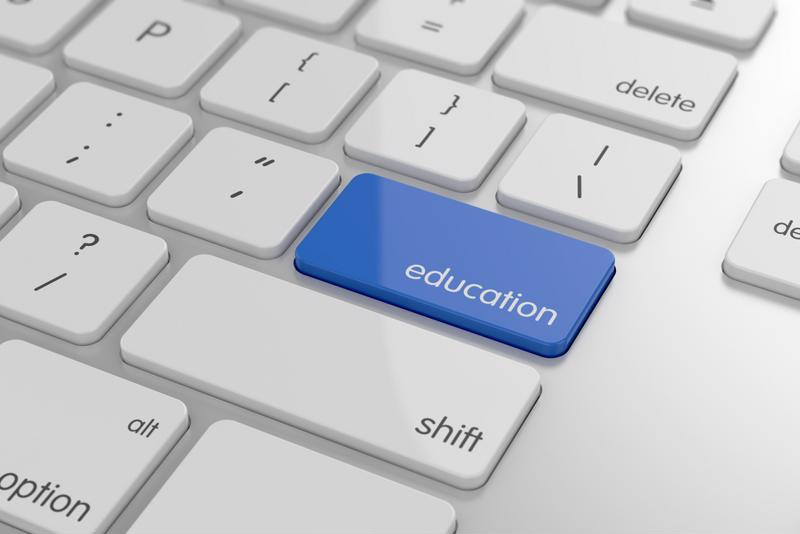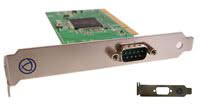
How AI in the classroom is supporting education
By Max BurkhalterNovember 14, 2021
Technology has always made waves. Artificial intelligence (AI) is just the latest innovation to splash down into our everyday lives.
Worldwide, industries are being upended and disrupted by the prospects of AI. From manufacturing to entertainment, smart solutions have revolutionized the way things are done. Education, especially, is poised for disruption.
In fact, the market for AI in education was expected to grow 47.77% between 2018 and 2022, according to Research and Markets.
Of course, this is not to say that teachers are being replaced, or that they're replaceable at all. Rather, their traditional teaching methods are being supplemented by technology. Artificial intelligence can improve the educational experience and promote a culture of learning in ways once thought impossible.
Collaborative education
Between the teacher and the AI, students have a lot to learn. By working together, teachers and technology can make the most of their early, secondary and even collegiate education.
AI helps teachers fill the gaps where their students are in most need of learning. By streamlining some of the more administrative tasks, AI affords teachers valuable one-on-one time with their students. Teachers can dedicate more classroom time to talking to students, answering questions and helping them succeed.
Better yet, students stand to benefit from early exposure to technology. As witnesses to the potential AI has in the classroom, students may spark an interest in topics they otherwise wouldn't have understood.

Personalized learning
No two students are exactly the same. Some are visual learners, while some are hands-on. Some ask questions and some are a bit shy. For this reason, individualized learning is critical to each student's own educational experience.
Artificial intelligence is making personalized learning possible. At Carnegie Learning, for example, sophisticated AI technology adapts to each student's level of learning in real-time. The platform provides personalized feedback, assessments and guidance.
For parents, AI uses predictive analytics to forecast where a child is headed based on their individual performance in the program. This gives parents and educators a chance to intervene if a student is headed off track.
Tutoring
When it comes to education, learning happens well outside the classroom. Unfortunately, teachers aren't always involved at that point. For students that need tutoring or extra instruction, artificial intelligence is bridging this gap.
AI tutors and chatbots, though lacking the humanity of a real teacher, are a good opportunity for kids to sharpen their skills at home. By providing a one-on-one learning environment, students can work on their weaknesses and receive quick responses to any questions they may have.
A more engaging experience
All too often, classrooms bore students. Technology is a great way to reinvigorate the lesson plan. Smart technologies, like AI, supplement the experience with unique ways to visualize information and interact with students.
Tests and assessments
One of the unique ways artificial intelligence can be implemented in education is through testing. Stealth assessments, according to the Center for American Progress, are AI-supported tests that students don't even recognize as being assessments. In these cases, the students are too caught up in the interactive nature of the lesson to realize they're being tested.
In other ways, personalized testing eliminates the pressure some students feel to compare themselves to others. When the assessment is tailored to the experience of each student, everyone is being graded on their own scale. This supports a happier, less stressful learning environment.
To learn more about how Perle can support AI in the classroom, check out our customer success stories.



